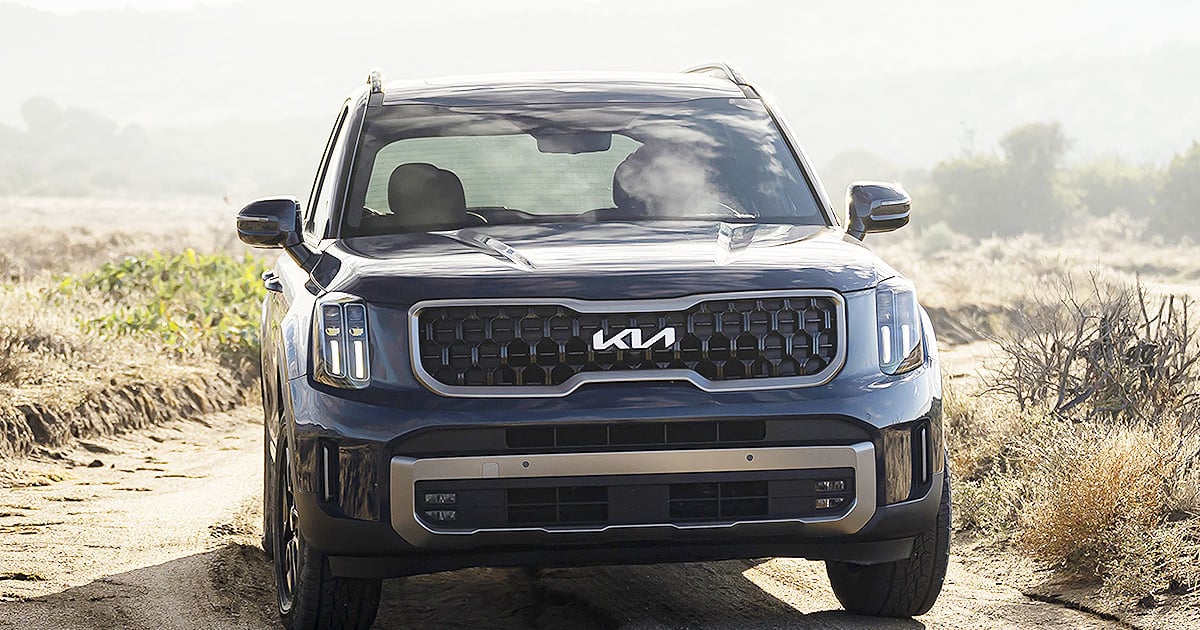
An inventory efficiency index developed by Cloud Theory ranked Kia the most efficient mover of vehicle inventory in the U.S.
The index’s May results show Kia reclaiming the top spot over Toyota. Before Toyota’s triumph in April, Kia had been the consistent industry leader in inventory efficiency for more than a year, according to Rick Wainschel, Cloud Theory vice president for data science and analytics.
Cloud Theory, of Grand Rapids, Mich., is a software company that aims to provide comprehensive, updated efficiency data to help manufacturers make decisions about marketing and inventory distribution.
The company’s “inventory efficiency index” assigns scores to vehicle makes based on active inventory and sales data in comparison with competitors. A score below 100 indicates supply is outstripping demand, while a score above 100 suggests the vehicle is selling more efficiently than average.
Toyota slid 7.3 points last month, to a score of 149.6, while Kia climbed 1.2, to 155. Kia’s position was bolstered by the segment-leading crossover models Telluride and Sportage.
Lexus and Honda gained ground, scoring 147.8 and 143.4 last month, both improvements of more than six points over April. The two automakers also have been top contenders since the index began publishing rankings in March.
Subaru, BMW, Hyundai, Nissan, Land Rover and Chevrolet all remained in the top ten in May. Subaru saw the largest improvement in efficiency, climbing 8.4 points in May, while Land Rover saw the largest decline, losing 12.3 points in May.
May results show Kia, Lexus, Toyota and Honda each leading in at least two U.S. regions. Toyota led in 5 of 9 regions in April and still dominates in the Mountain and East South Central regions, but Honda claims the West North Central region and New England while Lexus rules in the Pacific and Middle Atlantic and national leader Kia soars in the South Atlantic, West South Central and East North Central regions.
“With dispersed leadership at the regional level, it is not surprising that these four brands are battling it out at the national level,” Wainschel said in a statement. “Each manufacturer has a strong base upon which to expand its overall position over time.”

